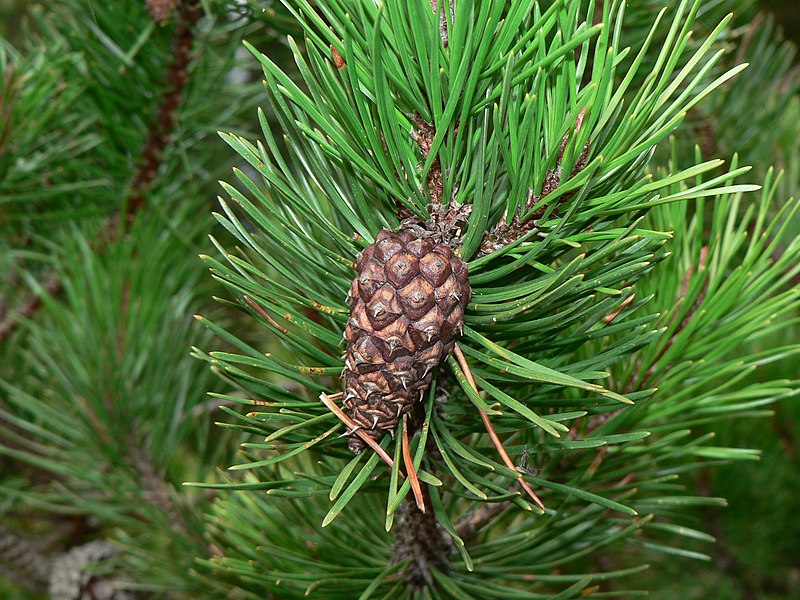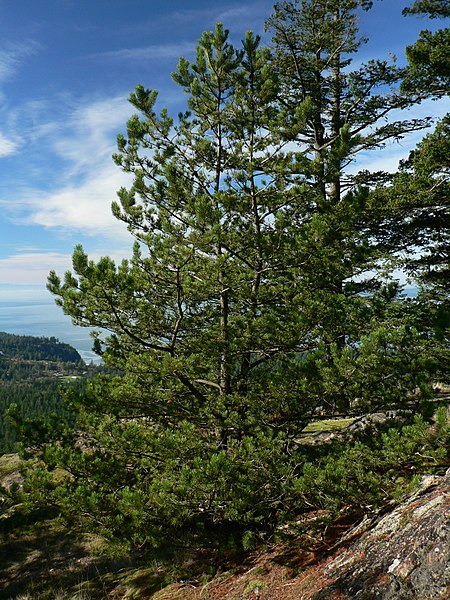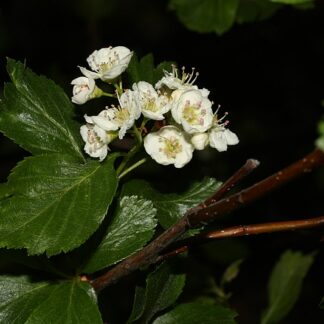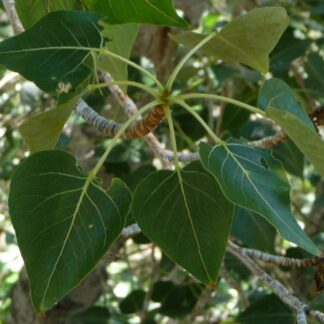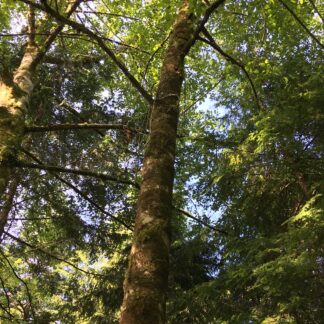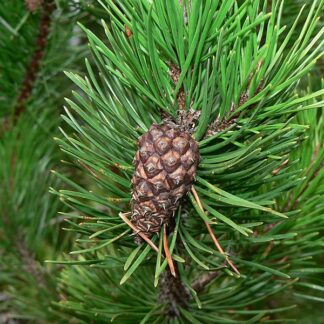Description
Sold in bundles of 25.
At a Glance: Relatively short pine, often has a crooked or irregular trunk. Commonly seen growing along the coast.
Height: Up to 30m tall
Stems: Often have a crooked or irregular trunk; bark is thick and scaly and dark brown to blackish
Leaves: 2-7cm long needles in pairs
Cones: small reddish green pollen cones found in clusters on the tips of branches in the spring; 3-5cm long seed cones with sharp prickle at the tip
Appeal: Success rate is high. Ability to grow in nutrient poor soil in full sun. Tolerant of salt spray.
Conservation Uses: Used as soil stabilizer in restoration. Good species for replanting open areas due to its ability to thrive in full sun.
Ethnobotany: Pitch and bark used medicinally by many Native American tribes for heart pain and tuberculosis. Pitch was also used to waterproof canoes and as a protective coating on fishing nets.
| Sun/Shade Tolerance | Hydrology | Elevation Range |
|
|
|
|
| Soil Preferences | ||
|
|
|
|
References:
Pojar, Jim, and Andy MacKinnon. Plants of the Pacific Northwest Coast: Washington, Oregon, British Columbia & Alaska. Revised ed. Redmond, Wash.: B.C. Ministry of Forests and Lone Pine Pub., 2004. Print.
“Sound Native Plants.” Sound Native Plants. Web. 31 Oct. 2014. www.soundnativeplants.com.

